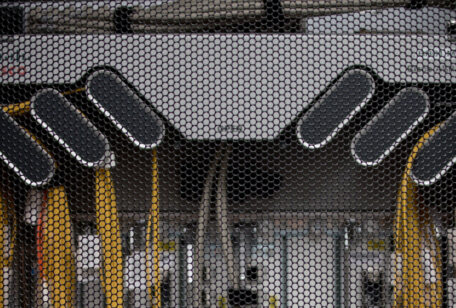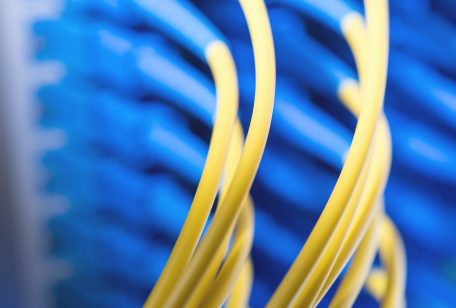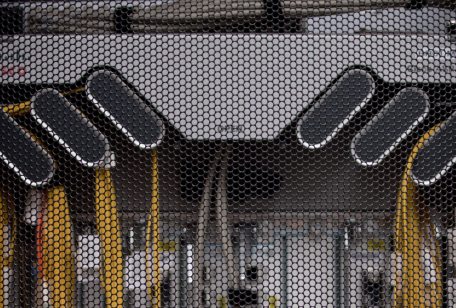
Joel Pacheco Gonçalves
Por qué el tráfico por sí solo no cuenta la historia completa
Cuando se habla de Puntos de Intercambio de Internet (IXP), la conversación suele empezar —y terminar— con el ahorro de costes. Y, aunque antaño la justificación financiera del peering era evidente, hoy ya no siempre lo es. En una era de tránsito IP commoditizado, el valor de un IXP debe evaluarse desde una perspectiva más amplia, que vaya más allá del coste por Mbps.
En MDC creemos que el verdadero valor de un IXP se revela a través de tres perspectivas clave: financiera, de rendimiento y regional. Juntas, ofrecen una visión más completa que reconoce al IXP no solo como un conmutador, sino como una plataforma para el crecimiento y la transformación.
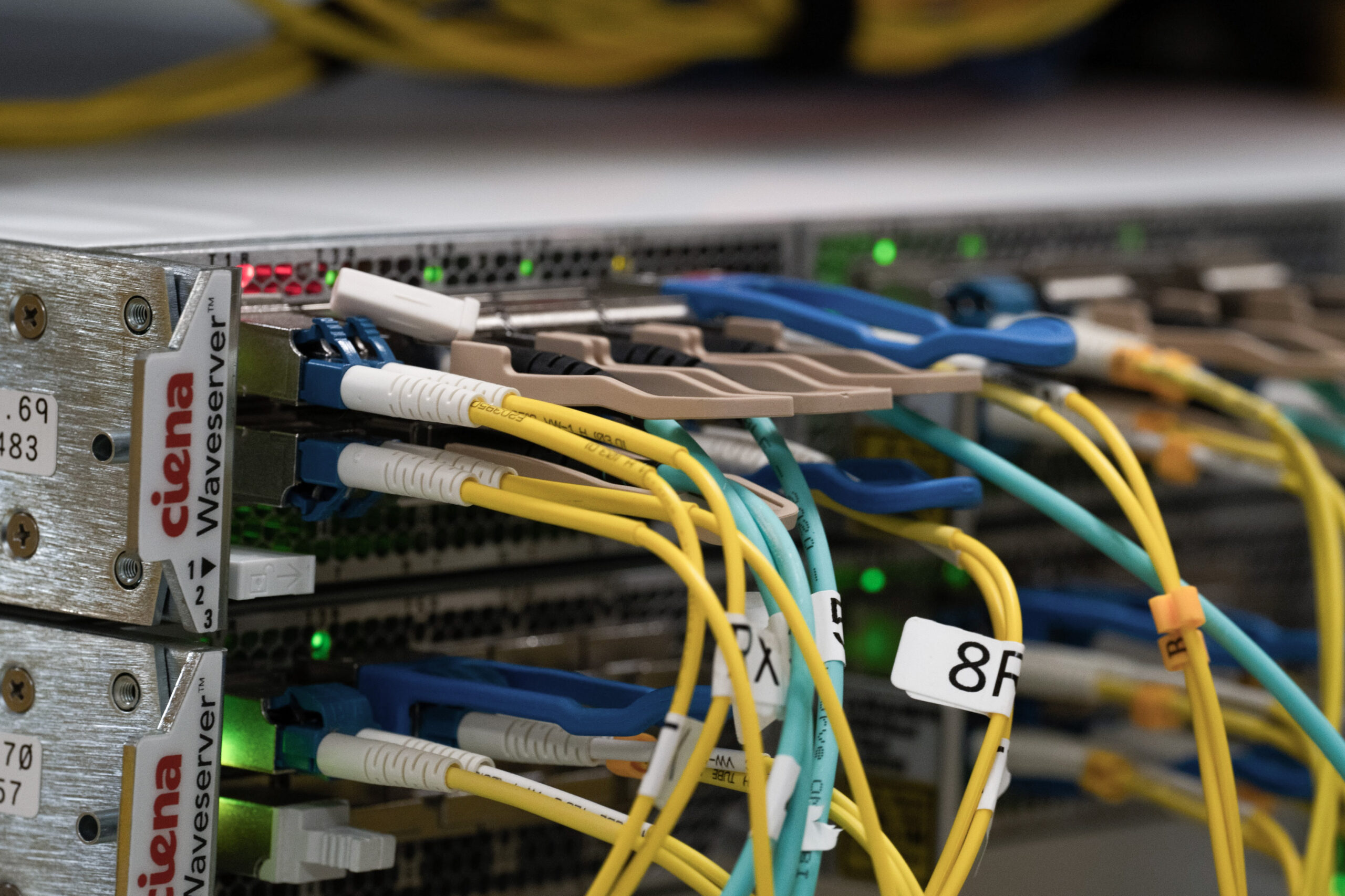
MEX-IX El Paso: El primer punto de intercambio de internet construido en un ecosistema neutral
Conoce más sobre MEX-IXValor financiero: el cálculo clásico —ahora bajo presión
Tradicionalmente, la forma más sencilla de justificar la participación en un IXP consistía en comparar directamente los gastos de tránsito IP frente a los de peering (tarifas de puerto, colocation y switching), y así ver claramente el ahorro.
Sin embargo, esa ecuación ha cambiado. Hoy en día, el tránsito IP está tan comoditizado en muchos mercados que la diferencia de precio entre peering y tránsito se ha estrechado o incluso invertido, especialmente en volúmenes bajos. En ocasiones, el peering puede resultar más caro, sobre todo para redes que no generan suficiente tráfico como para amortizar el coste del puerto o de la colocation. Esto ejerce presión sobre los IXPs —en particular aquellos que invierten en infraestructura de nivel carrier— para mantener la sostenibilidad sin sacrificar la calidad.Tal y como señala William B. Norton (Dr. Peering) en sus estudios, la viabilidad financiera del peering depende de factores como el volumen de tráfico, la ubicación geográfica y la concentración de pares valiosos (Fuente). Sigue siendo un cálculo relevante, pero ya no es una solución única para todos.
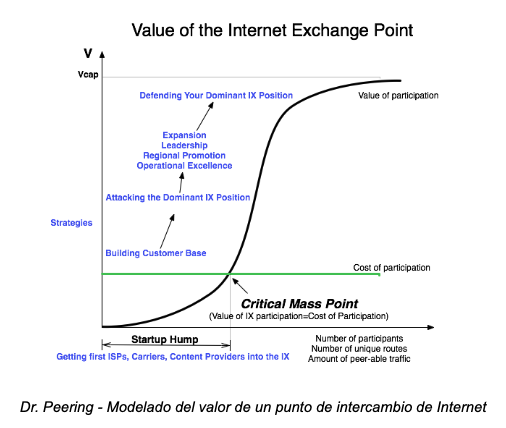
Valor de rendimiento: más allá del precio, hacia la experiencia de usuario
No todas las redes hacen peering con el objetivo principal de ahorrar. Muchas lo hacen para mejorar el rendimiento y ofrecer una experiencia de usuario superior gracias a una menor latencia y menos saltos intermedios.
Cuando el contenido se entrega por una ruta local directa en lugar de pasar por proveedores upstream, llega más rápido. Esto resulta crucial en aplicaciones sensibles a la latencia, como la transmisión de vídeo, los videojuegos en línea y las plataformas empresariales críticas en tiempo real.
Incluso las comunicaciones en tiempo real se benefician de estas mejoras, especialmente cuando la señalización de sesión o el establecimiento de rutas pueden localizarse, o cuando la entrega asistida por CDN soporta partes del flujo de trabajo.
Dicho esto, el tráfico localizado hace que toda la experiencia del usuario sea más fluida, y el peering juega un papel fundamental para lograrlo.
Valor regional: infraestructura que cambia las reglas del juego
Los IXPs tienen un impacto regional muy profundo. Al localizar el tráfico y permitir interconexiones rentables, reducen la dependencia del tránsito internacional y sientan las bases para el crecimiento digital en áreas desatendidas.Un ejemplo destacado es IX.br: a fecha de 2025, sus 38 ubicaciones mueven colectivamente más de 40 Tbps de tráfico, convirtiéndolo en uno de los sistemas de IXP más grandes del mundo por volumen. Y aún más relevante: el 87 % de los 1.000 sitios web principales de Brasil pueden ahora acceder de forma local gracias a su infraestructura de peering. (Anuncio Publicado en LinkedIn)
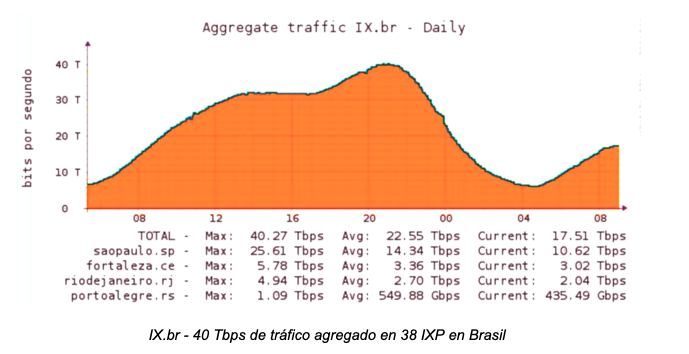
En nuestra región, MEX-IX en El Paso, junto con nuestro ecosistema de centros de datos, ha ayudado a los proveedores de Internet inalámbrico (WISPs) del norte de México a acceder a contenidos de alta demanda de forma más eficiente. A través del peering obtienen tráfico localizado, mientras que nuestro ecosistema les ofrece acceso directo a Tier 1s que antes estaban fuera de su alcance mediante los mercados de tránsito tradicionales en México. Es una combinación que transforma la economía y el rendimiento de Internet para comunidades enteras.
Un nuevo capítulo: el auge del Peering 2.0
Los IXPs modernos están evolucionando. En Europa, plataformas como LINX y DE-CIX han ampliado su oferta más allá del peering tradicional hacia el Peering 2.0, una plataforma de interconexión completa que incluye acceso a aplicaciones, proveedores de nube y servicios empresariales.
Ahora es posible realizar interconexiones privadas con servicios críticos como SAP, Salesforce, Microsoft 365 y plataformas de nube pública mediante cloud on-ramps. Lo que antes era un simple intercambio de rutas se ha convertido en una capa estratégica de interconexión para la empresa digital.
Este cambio refleja el futuro de los IXPs: no solo como puntos de intercambio de tráfico, sino como facilitadores de plataformas digitales. Empresas, proveedores de SaaS e incluso entidades financieras ya aprovechan esta infraestructura para simplificar estrategias híbridas y multinube, garantizar el cumplimiento normativo y optimizar el rendimiento.
Repensar el valor: no existe una única fórmula
Al final, el valor de un IXP no puede reducirse a una línea en una hoja de cálculo. Es una decisión estratégica que debe involucrar a los equipos de ingeniería de redes, operaciones y, por supuesto, compras. Cada área aporta una visión única para comprender no solo el coste, sino la oportunidad.
Desde el ahorro hasta la mejora de la latencia, pasando por el acceso a ecosistemas y las plataformas de transformación digital, el papel de los IXPs continúa expandiéndose. Y la forma de evaluar su valor debe evolucionar al mismo ritmo.
En MDC vemos los IXPs como la piedra angular del desarrollo digital regional: la base sobre la que redes, empresas y comunidades pueden prosperar.
Referencias
- William B. Norton – Modeling the Value of an Internet Exchange Point
- William B. Norton – The Value of an Internet Exchange Point
- Internet Society – Explainer: What is an Internet Exchange Point (IXP)?
- Internet Society – IXPs Overview
- Antonio M. Moreiras – IX.br at 40 Tbps: A Milestone for Brazil



